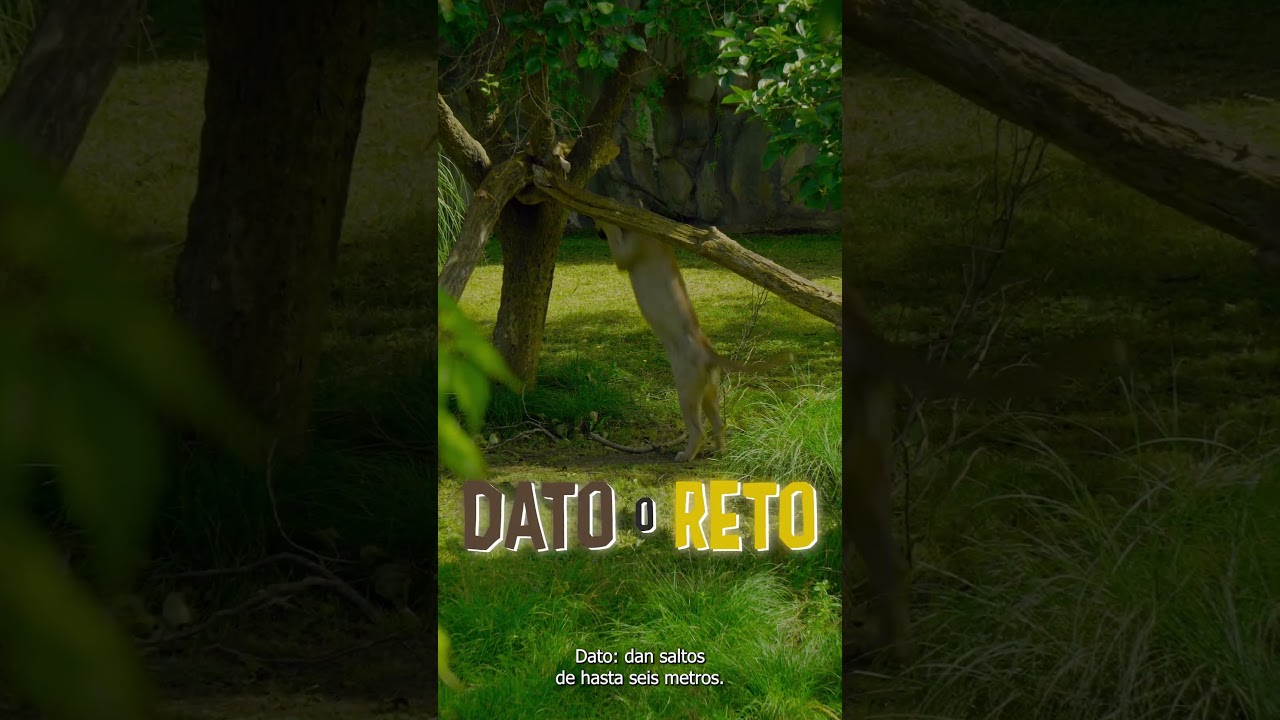- Exploration of Temaikèn: Understanding its Role in Zoological Education and Conservation Efforts
- Detailed Insights into the Puma: Characteristics, Behavior, and Ecological Importance
- Innovative Conservation Pathways: The Guardian’s Trail in Preserving Wildlife
- Video Documentation: Enhancing Public Awareness and Engagement through Visual Media
- Interdisciplinary Approaches in Zoo Management: Combining Science, Education, and Community Involvement
Temaikèn is more than a zoological garden; it is a vibrant center for conservation and education in Argentina. This facility exemplifies a comprehensive approach to wildlife preservation and public engagement, serving as a model for modern zoo management. By focusing on both animal welfare and visitor education, Temaikèn bridges the gap between humans and nature, fostering a deeper appreciation for biodiversity. As we dive into specific efforts like the preservation of the puma through the Guardian’s Trail, we uncover the strategies that make Temaikèn a leader in conservation practices.
The puma, a powerful yet elusive predator, plays a vital role within its natural ecosystem. Often called a ‘keystone species,’ the puma’s predatory habits regulate the populations of other animals, maintaining ecological balance and preventing overgrazing by herbivores. In terms of physical characteristics, pumas are highly adaptable, able to inhabit various environments—from dense forests to arid regions. Their muscle mass, stealth, and acute senses make them effective hunters. Understanding these facets of the puma’s biology reveals why their conservation is crucial.
The initiative known as "El camino del Guardián" or the Guardian’s Trail, represents Temaikèn’s commitment to innovative conservation efforts. This project showcases the potential of combining scientific research with public education to protect vulnerable species like the puma. Through collaborations with ecologists and wildlife biologists, Temaikèn develops strategies for habitat preservation and species reintroduction, balancing the natural environment with human encroachment.
A significant aspect of the Guardian’s Trail involves educating visitors through immersive experiences and detailed storytelling. By engaging the public in the conservation narrative, Temaikèn empowers individuals to participate in wildlife preservation activities actively. The use of descriptive signage, interactive exhibits, and guided tours creates a dynamic learning environment. This comprehensive educational approach not only informs but also inspires action, demonstrating the impact humans can have on conservation.
Visual media, such as video documentation, plays an essential role in extending Temaikèn’s educational reach beyond its physical boundaries. High-quality footage of pumas in their habitats can captivate audiences, conveying the majesty of these creatures alongside their vulnerability. Videos also serve as a conduit for raising awareness about the challenges pumas face, such as habitat fragmentation and human-wildlife conflict. By appealing to an emotional and intellectual level, video content enhances public understanding and support for conservation initiatives.
Temaikèn employs interdisciplinary tactics rooted in the seamless integration of science, education, and community participation. Zoo management here involves precise animal care and forward-thinking strategies for visitor engagement. By applying the latest scientific research to conservation practices, Temaikèn sets a standard for similar establishments worldwide. Collaborative efforts with local communities and international conservation organizations further extend Temaikèn’s influence and effectiveness.
In wildlife conservation, facilitating an environment where both animals and people prosper is essential. Temaikèn stands at the forefront of this philosophy, crafting strategies that reflect a dedication to preserving the natural world, educating the populace, and promoting sustainable practices. Its commitment to ecological integrity is evident through detailed projects like the Guardian’s Trail, embodying a holistic approach to zoo management and conservation. As this narrative unfolds, it emphasizes the pivotal role of the puma in our world’s natural tapestry, highlighting the integral actions required to secure a future where such magnificent animals continue to thrive.
*****
Source Description


